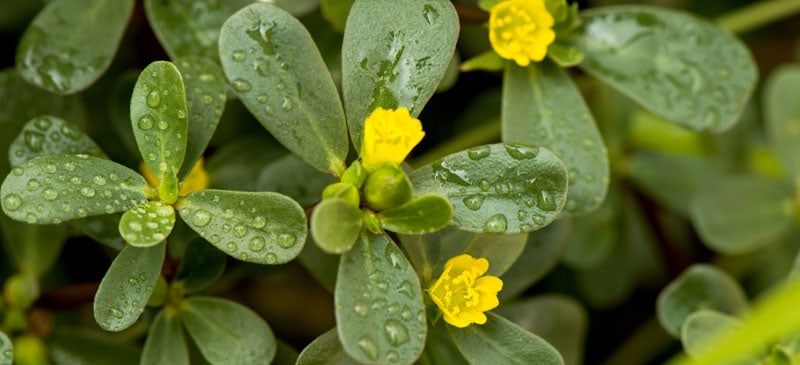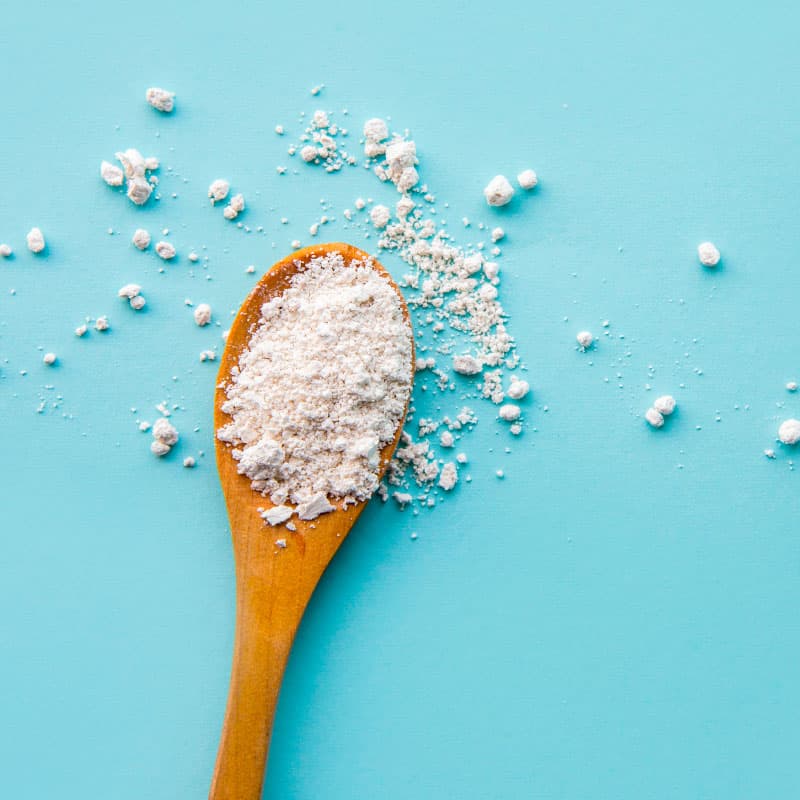This Dr. Axe content is medically reviewed or fact checked to ensure factually accurate information.
With strict editorial sourcing guidelines, we only link to academic research institutions, reputable media sites and, when research is available, medically peer-reviewed studies. Note that the numbers in parentheses (1, 2, etc.) are clickable links to these studies.
The information in our articles is NOT intended to replace a one-on-one relationship with a qualified health care professional and is not intended as medical advice.
This article is based on scientific evidence, written by experts and fact checked by our trained editorial staff. Note that the numbers in parentheses (1, 2, etc.) are clickable links to medically peer-reviewed studies.
Our team includes licensed nutritionists and dietitians, certified health education specialists, as well as certified strength and conditioning specialists, personal trainers and corrective exercise specialists. Our team aims to be not only thorough with its research, but also objective and unbiased.
The information in our articles is NOT intended to replace a one-on-one relationship with a qualified health care professional and is not intended as medical advice.
Purslane: Is It Safe to Consume This Common Weed?
July 6, 2019

Although purslane is considered a weed that many people try to control, did you know that consuming purslane can be beneficial to your health? In fact, scientists believe that purslane deserves special attention from agriculturalists as well as nutritionists.
According to research published in the Scientific World Journal, “the antioxidant content and nutritional value of purslane are important for human consumption.” Testing the plant revealed tremendous nutritional potential and indicates the usefulness as a top herb for healing.
What Is Purslane?
Purslane, or Portulaca oleracea, is a garden plant that goes by many names, including duckweed, fatweed and pursley. Can you eat purslane, and is all purslane edible? Most people consider purslane a weed, but it’s actually loaded with health-promoting nutrients. So if you’re wondering how to get rid of purslane in your garden — you eat it!
Immigrants from India are believed to have brought purslane with them to North America, where it eventually spread into gardens across the land. Today, many varieties of purslane under several names grow in a wide range of climates and regions. In Asia, Central Europe and the Mediterranean region, purslane is commonly grown as a potherb. If you don’t grow it intentionally, it’s sure to appear every spring, and it does well during the hot summer months, as it’s considered a succulent that can tolerate drought.
Although some people try to get rid of the purslane growing in their gardens, studies show that consuming it has a slew of health benefits, including its ability to reduce inflammation, stimulate detoxification, improve the health of your bones and even alleviate respiratory conditions.
Nutrition Facts
The stem and leaves of purslane are jam-packed with important and essential nutrients. The plant is rich in disease-fighting antioxidants and offers plant-based omega-3 fatty acids. It also boasts a handful of important minerals.
100 grams of raw purslane contains about:
- 16 calories
- 3.4 grams carbohydrates
- 1.3 grams protein
- 0.1 grams fat
- 21 milligrams vitamin C (35 percent DV)
- 1,320 international units vitamin A (26 percent DV)
- 68 milligrams magnesium (17 percent DV)
- 0.3 milligrams manganese (15 percent DV)
- 494 milligrams potassium (14 percent DV)
- 2 milligrams iron (11 percent DV)
- 0.1 milligrams riboflavin (7 percent DV)
- 65 milligrams calcium (7 percent DV)
- 0.1 milligrams copper (6 percent DV)
- 0.1 miligrams vitamin B6 (4 percent DV)
- 44 milligrams phosphorus (4 percent DV)
- 12 micrograms folate (3 percent DV)
Health Benefits
1. Loaded with Beta-Carotene
Consuming purslane is an excellent way to increase your beta-carotene intake. Beta-carotene is a plant pigment that’s converted in the body to vitamin A, a powerful antioxidant that works to maintain healthy skin, neurological function and vision. Research shows that because it’s an antioxidant, beta-carotene is valued for its ability to prevent chronic disease by protecting the body from damaging free radicals. Eating foods high in beta-carotene also helps improve respiratory and pulmonary function.
In addition to these beta-carotene benefits, studies indicate that consuming the antioxidant is particularly important for women who are pregnant and breastfeeding because vitamin A plays a critical role in the healthy development of the fetus and newborn.
2. Excellent Source of Vitamin C
A little more than two cups of purslane contains about 35 percent of your daily recommended intake for vitamin C. Because vitamin C acts as an antioxidant that neutralizes free radicals, it works to reduce our risk of inflammation and chronic disease.
Vitamin C is also a immune-booster, helps improve the heart health, reduces inflammatory conditions and promotes healthy, glowing skin. Research shows that higher intake of vitamin C is associated with a lower risk of death from stroke or coronary heart disease, along with reduced levels of LDL cholesterol and triglycerides. Who would’ve thought that eating weeds from your backyard could actually boost the health of your cardiovascular system?
3. Contains Omega-3 Fatty Acids
Purslane is a good source of alpha-linolenic acid, an omega-3 fatty acid that’s found in plants. This makes purslane a great vegan omega-3 option. It helps improve heart health, reduce inflammation, support bone health and promote mental health, among other important omega-3 benefits.
Most people don’t consume enough omega-3s and can benefit from increasing their intake of this essential fatty acid. Adding purslane to your diet helps lower the ratio of omega-6s to omega-3s, which researchers agree is desirable to reduce your risk of many chronic diseases.
4. Provides Important Minerals
Purslane is a rich source of potassium, magnesium and calcium. All three of these nutrients help improve the health of your heart by regulating blood pressure and reducing the risk of stroke. They are also important minerals for bone health, supporting healthy growth and development, and reducing the risk of osteoporosis. Research also suggests that getting enough of these nutrients, especially magnesium, helps ease anxiety and boost mental health.
Adding purslane to your diet by including it in raw salads or adding a nutritional punch to your daily smoothie helps ensure that you get enough of these key minerals.
5. Fights Diabetes
Is purslane good for diabetics?
Research published in the Journal of Medicinal Food indicates that ingesting purslane extract helps significantly reduce systolic blood pressure and improve glucose control by reducing hemoglobin A1c levels. Researchers concluded that purslane extract appears to be a safe, adjunct treatment for type 2 diabetes.
How to Grow and Use
Purslane can grow anywhere that has at least a two-month growing season. For many, it pops up in their gardens come springtime without any effort. It’s resistant to drought and can endure the hot summer months. You may notice that it grows quickly and spreads easily, which can be a bit invasive.
How do I get rid of purslane in my garden?
When it begins to encroach on other plants or herbs, that’s the perfect time to pull it out from the root and bring it into the kitchen.
If you don’t have purslane growing in your yard or garden, you can find purslane seeds online or at your local nursery. You can also propagate this beneficial plant with cuttings by simply adding them to soil. But keep in mind that it can become invasive, so it’s best to leave some distance between the seeds/cuttings and surrounding plants.
Can purslane be grown indoors?
If you’re looking to enjoy the benefits of purslane all year long, you can grow it indoors too. Simply scatter the seeds on top of soil, use your fingers to gently rake it over and cover the seeds. Until the seeds germinate, keep watering the soil, but don’t let it get too soggy. Now just keep the plant in sunlight and watch it sprout.
Selection and Storage
When selecting purslane seeds or plants, the most important consideration is choosing a plant that’s been grown in organic soil and hasn’t been contaminated with toxic herbicides or pesticides. If you are picking the stems and leaves from your own yard or garden, make sure not to spray your property with dangerous chemicals, and always clean the plant thoroughly before eating.
To store purslane, keep it in a plastic bag inside the refrigerator for up to a week. Avoid washing the plant until right before you plan to eat it in order to avoid wilting. You can also store the stems and leaves of the plant in the freezer, after washing, to have them available during the colder months when they won’t grown naturally outdoors.
How to Cook (Plus Recipes)
Like other leafy green veggies, once you pull purslane out of the dirt by its root, you can easily prepare it for eating. Just cut off the root and wash the stems, being sure to get inside the little crevices that tend to hold soil. When you are planning to consume purslane, make sure that it hasn’t been sprayed with any harsh chemicals, like Roundup or any other toxic herbicides and pesticides.
Once your stems and leaves are clean, they can be added to salads, soups, smoothies and more.
Can you cook purslane?
You can eat it raw or lightly steam it. Cooking the plant for too long can make it slimy, so don’t steam or boil it for more than 10 minutes.
The texture of purslane stems and leaves are pretty crunchy, and the taste has been likened to that of spinach. If you are eating it alone, try adding a touch of olive oil or grass-fed butter, salt and pepper for added flavor. It can also be added to omelets or as a garnish on roasted vegetables or potatoes.
If you want to make sure you’ll have purslane available after the summer months, try freezing it and adding it to warming soups, stews and casseroles during the fall and winter seasons.
Risks and Side Effects
Is purslane poisonous?
This herb is not poisonous to humans, but it can be toxic to cats.
Can you eat too much purslane?
Like with any food, you can overdo it, and that’s certainly true with this herb. Researchers have found that it is relatively high in oxalic acid, an organic compound that has been linked to an increased risk of kidney stones and other health problems for some people.
Although oxalic acid is normally eliminated from the body through urine or stool, consuming foods with high amounts may cause adverse reactions for anyone with a sensitivity to the compound. Boiling purslane before consumption is known to help eliminate oxalic acid, but if you have a history of kidney stones, it’s best to consult your health care professional before adding it to your diet.
Final Thoughts
- Is purslane really good for you? The plant has an impressive nutrient profile, with high amounts of vitamins A and C, magnesium, manganese, and potassium.
- What are the benefits of purslane? It can help boost your immune system and promote overall wellness. Plus, it contains plant-based omega-3 fatty acids.
- What is the taste of purslane? You can eat the stems and leaves of the plant either raw or lightly steamed. It can also be added to salads, soups, smoothies, omelettes, stews, casseroles and sauces. You’ll notice that the flavor is similar to spinach or watercress, and it has a nice crunchy texture when raw.
Read Next: 8 Surprising Dill Weed Benefits (#6 Is Energizing)









